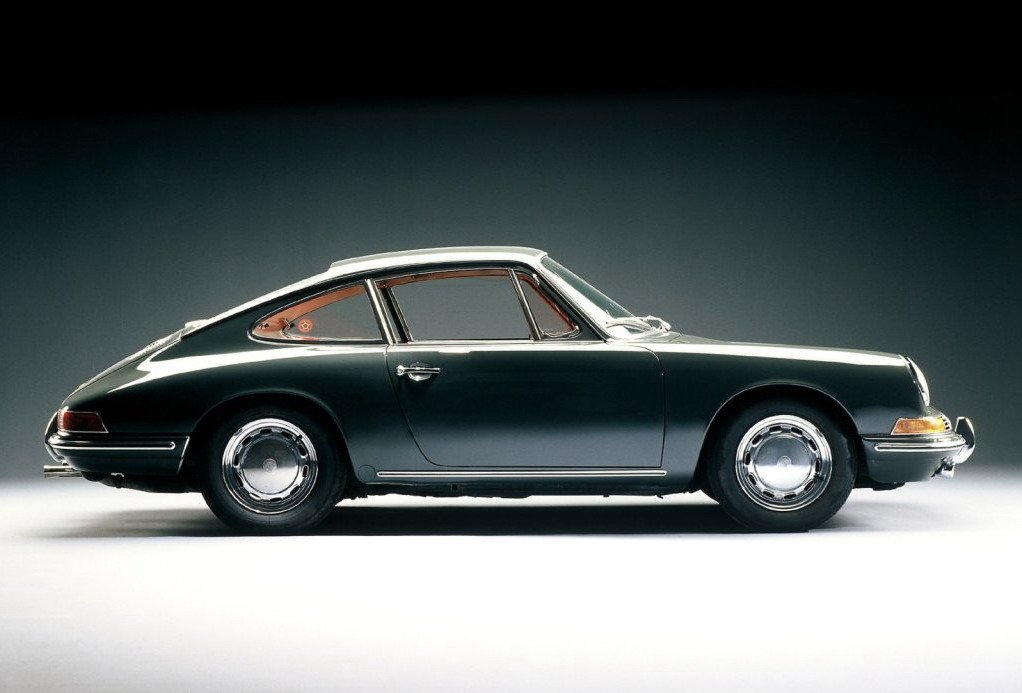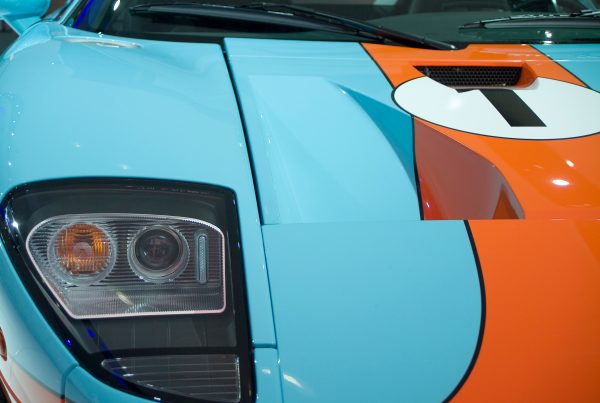Porsche, Always Ahead of the Game.
It was Ferdinand Porsche who best described its qualities: “The 911 is the only car you could drive on an African safari or at Le Mans, to the theatre or through New York city traffic.”
In Fall of 1963 Porsche presented one of the most iconic cars of its time. Originally presented as the Porsche 901 at the IAA in Frankfurt, it was considered to be the successor to the 356. One year later, model year 1965, production began on the newly rebranded Porsche 911. Originally drawn by Ferdinand “Butzi” Porsche, the grandson of Ferdinand Porsche, was made famous for designing the Volkswagen Beetle. However, the 911 moniker was born, oddly enough, out a right violation by Peugot that all three-digit car names with a zero in the middle were owned by him. Thus, the 911 came to be.
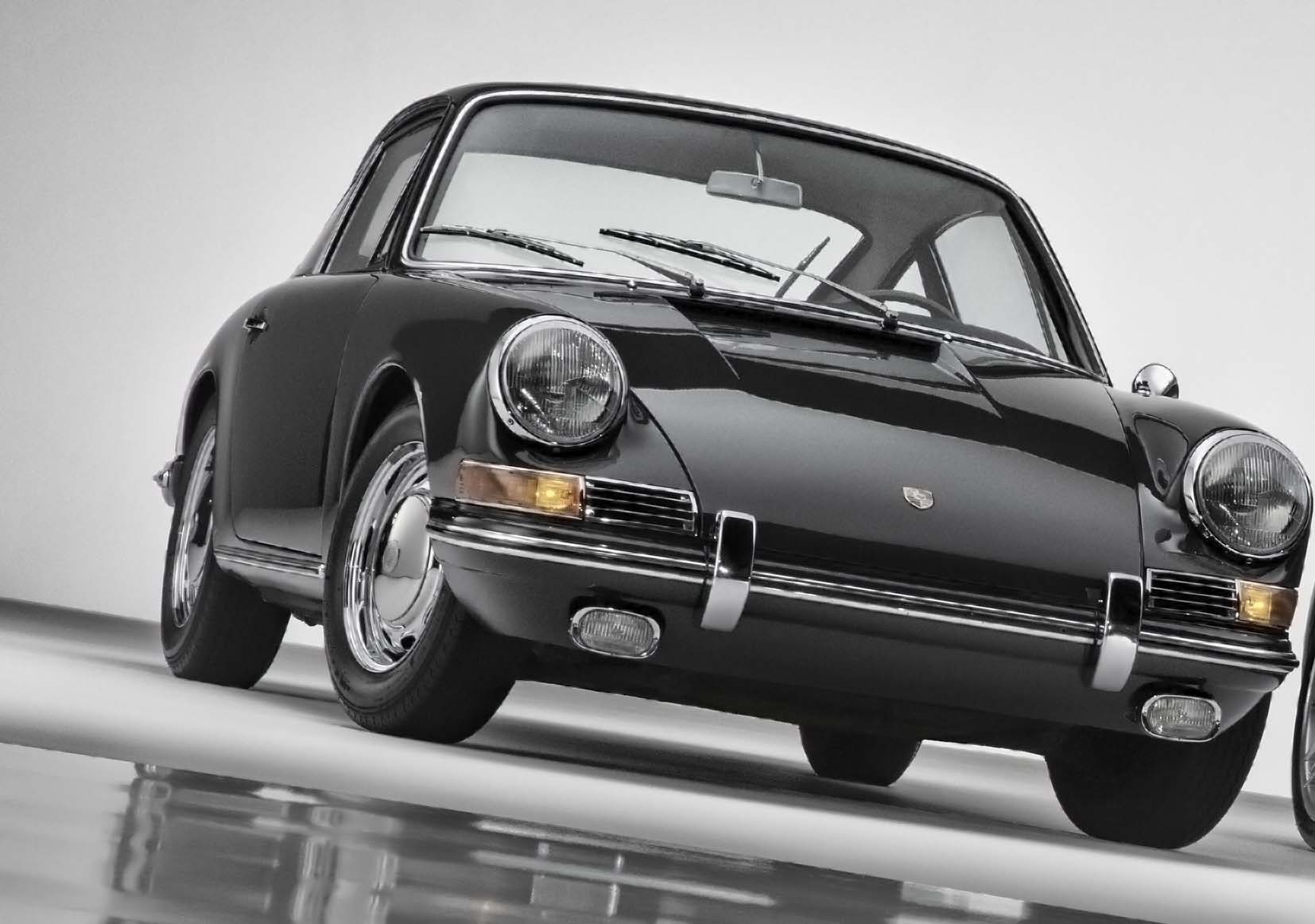
1963 Porsche 911
The original 911 captured the hearts of car enthusiasts around the world. It featured an air-cooled six-cylinder engine and delivered 130 horsepower, maxing out its top speed at 210 km per hour (130.5 miles per hour). Options were made available if you wanted to take it a bit slower; a four-cylinder Porsche 912 was made available in 1965. One year later, in 2966, Porsche unveiled the 911 S with a whopping 160hp and forged alloy wheels from Fuchs. Like clockwork, in 1967 the semi-automatic Sportomatic four-speed transmission joined the Porsche legacy. The 911 T propelled the German car company further, as they became the first German manufacturer to adhere to the US’ exhaust emission control regulations.
The Porsche 911 further increased their displacement and became even more powerful with an increase to 2.2 litres in 1969 to 2.4 in 1971. The 911 Carrera RS improved on this even further launching the car into more international fame with a 210 hp engine and a light body that only weighed 1000 kilograms (2204 lbs.). The “ducktail” on the Carrera was the world’s first rear spoiler to be featured on a production vehicle.
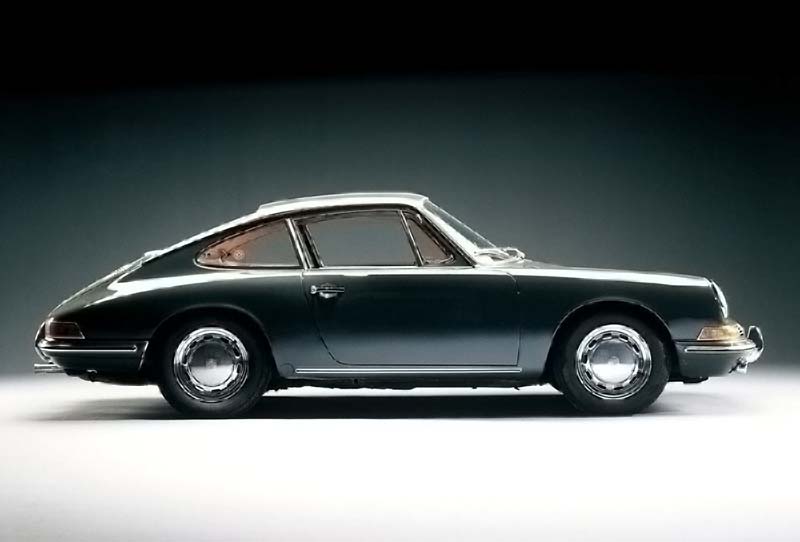
1973 – The G-Series
Ten years after the production of the first 911 it received its first makeover. The “G Model” was introduced in 1973 and continued production through 1989, making it the longest running of the 911 generation. It featured bellows bumpers to meet the latest in crash test standards in the United States, as well as three-point safety belts and integrated headrests. One year later, in 1974, Porsche unveiled the first 911 Turbo with a massive three-litre 260 hp engine and giant rear spoiler. Though no stranger to luxury and performance, the Turbo fit right into the Porsche mystique. 1977 saw the next jump in performance with the 911 Turbo 3.3. Featuring a charge-air cooler, at 300 hp it was the best in class.
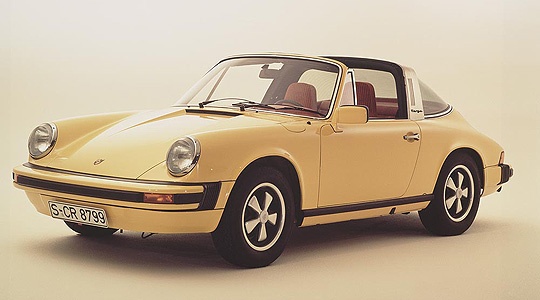
1988 – 964 Features All-Wheel Drive
1988 saw the rise of the 911 Carrera 4 (964). After fifteen years of production, the platform was revised with almost 85% new components, making Porsche a more sustainable and modern vehicle. It featured an air-cooled 3.6 litre engine that pushed out 250 hp. While on the outside, it only looked like some minor changes were made, such as a new aerodynamic bumpers and an automatically extending rear spoiler, on a technical level it was completely different. While sporty performance was still a headliner, the 964 boasted better comfort. Featuring power steering and airbags, Tiptronic, and ABS, it rode on a newly redesigned chassis with alloy control arms and coil springs instead of torsion-bar suspension. However, an even more revolutionary model of the 911 line was the all-wheel drive Carrera 4, which is still highly sought by collectors.
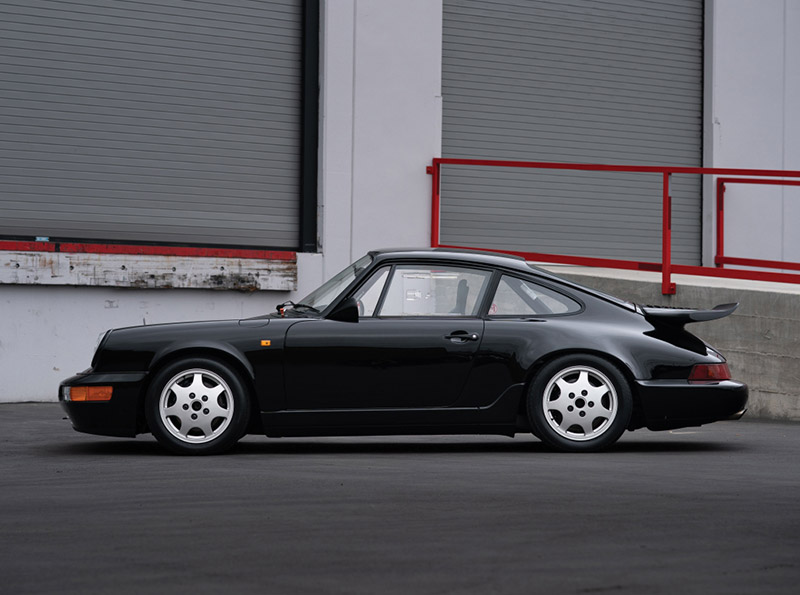
1993 – The Biturbo Engine
The Porsche 911 with the internal number of 993 is still coveted by many collectors. With its aesthetically pleasing design, integrated bumpers and its stylish elegance with its daring switch to polyellipsoidal headlights and low-slung front. The 993 was renown for its incredible durability and reliability without taking a major dip in performance due to its new light body aluminum chassis. The Turbo version was the first to feature a Biturbo engine, making it the lowest-emission standard automotive powertrain in 1995. The turbo version also had hollow-spoke aluminum wheels, which were yet another innovation on the Turbo. However, this would be the last 911 that would feature an air-cooled engine.
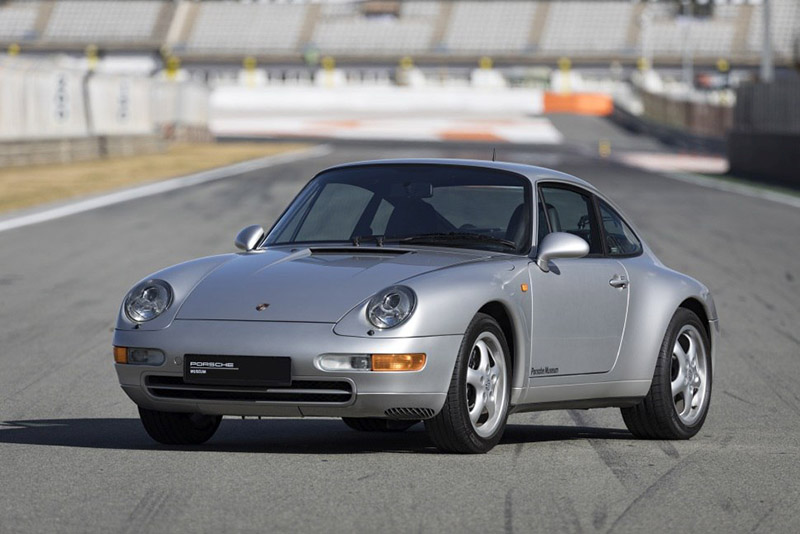
1997 – 996 Featured Water cooling
From 1997 to 2005 the Porsche 996 was major turning point in Porsche history. While retaining all of its classic heritage, the 996 was an entirely new car. This redesign was the first that featured a water-cooled flat engine. Its featured four-valve cylinder heads allowed it to achieve 300 hp and broke ground on reduced emission, noise and fuel consumption. The 996’s design was an interpretation of the classic line, though it did boast a lower drag coefficient. As driver comfort started playing a greater role, Porsche also completely redesigned the interior to follow these newly set standards.

2004 – A New Generation is Born.
In the summer of 2004, Porsche revealed a new generation of 911 Carrera and Carrera S models. Referred to as the 997, Porsche brought back the clear oval headlights with separate blinkers as a throwback to older 911 models. Although the 997 was a stylish vehicle, it offered more in terms of performance with a 3.6 litre flat engine that boasted 325 hp, while the new 3.8 litre engine in the Carrera S had a massive 355 hp. Active suspension became the new norm as the chassis was reworked. In 2006, Porsche introduced the 911 Turbo. The first gasoline operated series-produced car that included a turbocharger with variable turbine geometry. In 2008, the 997 was made more efficient due to fuel injection and a double-clutch transmission. This version of the 911 soared past its predecessors by allowing extensive customizations to suit the driver’s preferences.


